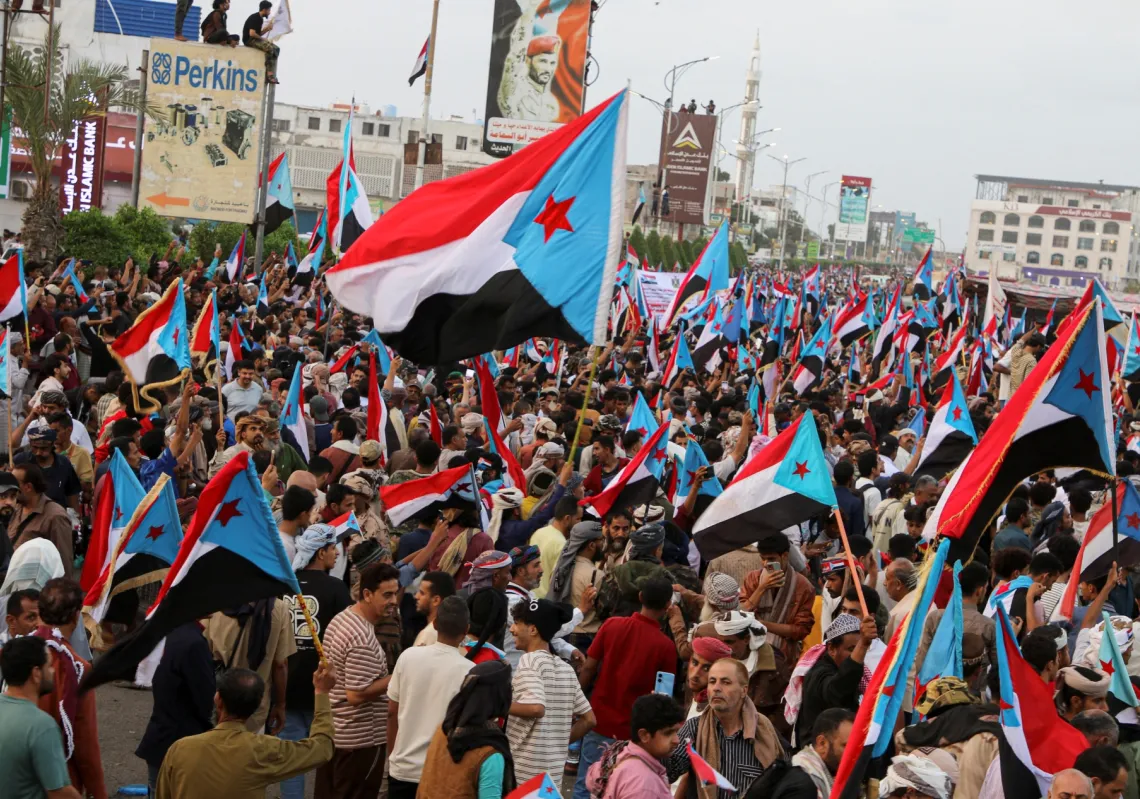Recent reports in the US about the exploding African population, and future estimates of Africans becoming a third of the world population by 2100, mentioned the Sudanese capital Khartoum as one of the African capitals that were already exploding with people.
And particularly the “muhammasheen” (the marginalized) migrating from regions of war and violence in Darfur, Kordofan, and the Blue Nile.
The United Nations’ Humanitarian Response wrote: “Al Salaama is located about seven kilometers south of Khartoum. It includes Al-Salama and Soba Aradi. They are surrounded by Saira to the west, Al-Awda to the East, Al-Azhari to the North. Al-Madinah Al-Khayria is part of the Al-Azhari, and Jebel Aulia Localities. The majority of the population are from Darfur and South Kordofan.”
Max Bearak, of the Washington Post, wrote that the Soba neighborhood of Khartoum, home mainly to people who fled the conflict in Darfur, is considered a “squatters camp” by Sudan's government and has not been connected to water or power lines.
Some camps were named in ways that nodded to displacement: “Jabarona” (We were forced); or “Taradona” (They threw us), while others were named for their most visible characteristics, like “Ishash” (Shanty).
He added: “Soba, named after an ancient city situated, like Khartoum, at the confluence of the Blue and White Nile rivers, became what the government calls a “squatters camp,” mostly for Darfuris. Others like it ring the city in what is sometimes pejoratively called the “Black Belt,” because its inhabitants hail from conflict zones in Darfur, Kordofan, and what is now South Sudan, where people’s skin tends to be darker.”
The World Population Review said that Khartoum’s population increased annually by about two percent which is almost double since 2000 and is now about six million people.
Elisabetta Brumat, from the office of the UN High Commissioner for Refugee, wrote: “It is believed that in the poorest IDP (Internally Displaced Population) and squatter areas of the capital, humanitarian indicators may be worse than in the serviced IDP camps of Darfur … Humanitarian assistance, however, seems increasingly inadequate in providing definitive responses to the challenges of urban displacement and poverty in Khartoum.”
Bearak added: “For half a century now, displacement by catastrophe has been the main driver of growth in Khartoum. This is the biggest of a downtrodden club of African cities where people have brought their lives on donkey carts or in rickety trucks.”
Several recent studies projected that by the end of this century, Africa will be the only continent experiencing population growth. Thirteen of the world’s 20 biggest urban areas will be in Africa — up from just two today — as will more than a third of the world’s population.
The United Nations estimates that a quarter of Khartoum’s population was displaced by conflict alone — around 1.5 million people, but another report said that the real proportion was well above half of the city’s population of 6 million.

Bearak said that “Unstable states like Sudan crumble first in their hinterlands, and in those moments of crisis, cities are beacons of safety, places for people to regroup, build new identities and forge political movements — even revolutions — that aim to bring peace back to places they had to abandon.”
He added that “the sand-colored city of Khartoum rises like a mirage. A caravan heading inward from its edge will pass scenes that repeat mile after mile like a plaintive folk song: square mud-brick compounds stretching to the horizon, the expanse broken every so often by slightly taller, mostly unfinished skeletons of iron and concrete, halfway between rubble and a dream fulfilled.”
In 2011, one of many wars ended with the secession of South Sudan. Khartoum, which remained Sudan's capital, and Juba, capital of the newly created South Sudan, both became magnets for the displaced.
In Darfur, land disputes between Arabic-speaking nomadic and non-Arab agrarian tribes stretch back decades. In 2003, wider conflict erupted, and Sudan’s government backed the nomadic groups in a campaign of ethnic cleansing. The conflict still simmers and causes mass displacement to this day.
A recent report by the UN High Commissioner for Refugees said: “In 2020, the humanitarian situation in Sudan continued to be exacerbated by socio-political and economic upheaval. This unpredictable context saw a sustained influx of refugees primarily from South Sudan–and later in the year from Ethiopia’s Tigray region–cross the border in search of safety and protection."
The report added: "By the end of the year, the country was host to more than 3.6 million displaced people, of which some 1 million were refugees and 2.5 million IDPs (Internally Displaced Population). Refugees originated from the Central African Republic, Chad, the Democratic Republic of the Congo, Eritrea, Ethiopia, Somalia, South Sudan, the Syrian Arab Republic, and Yemen."
Bearak said: “Like many African countries, Sudan was awkwardly drawn onto the world map by European colonialists … A new elite, trained in suppression and exploitation, was left in charge. It was a historical how-to in creating conflict-prone states.”
Read More:










